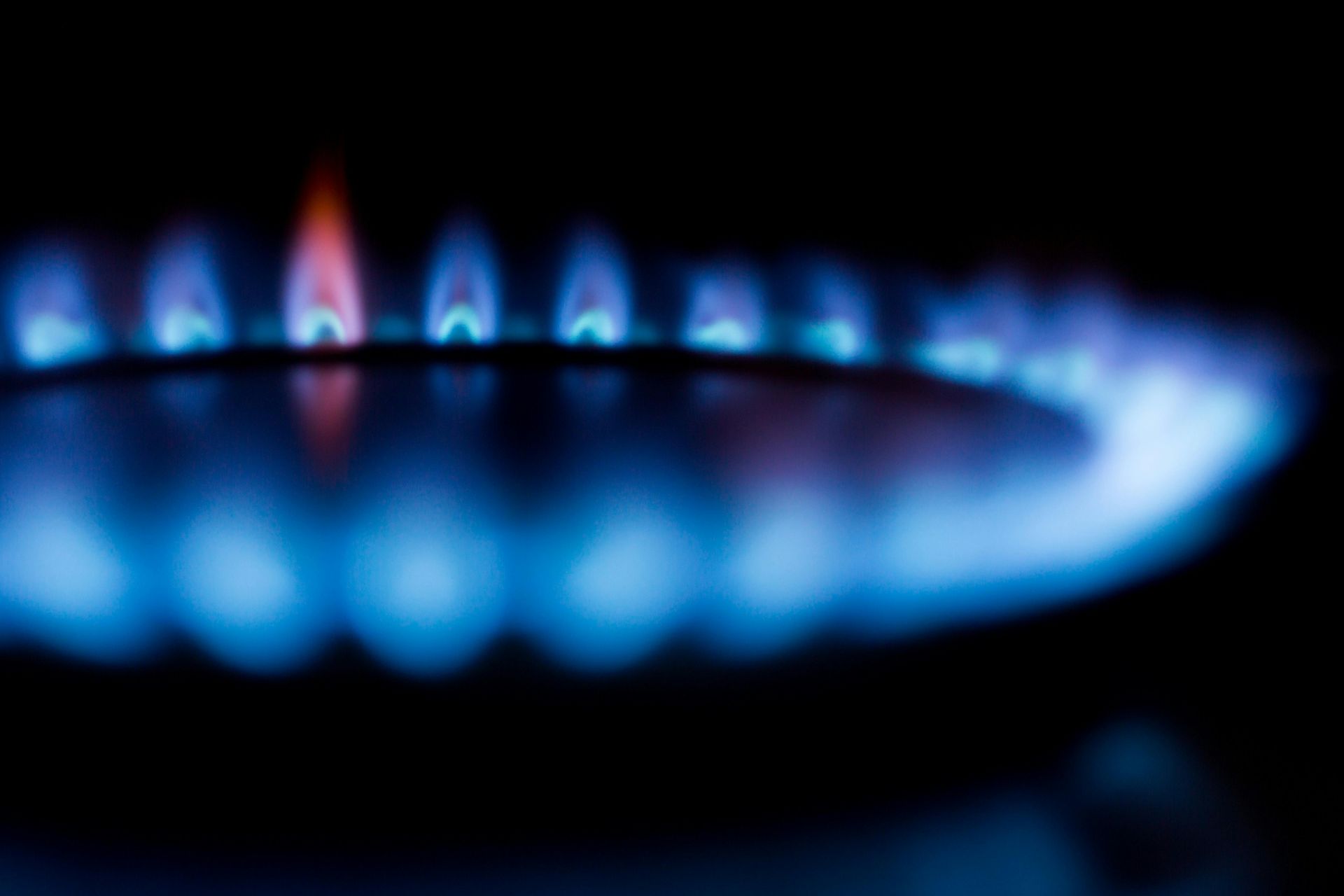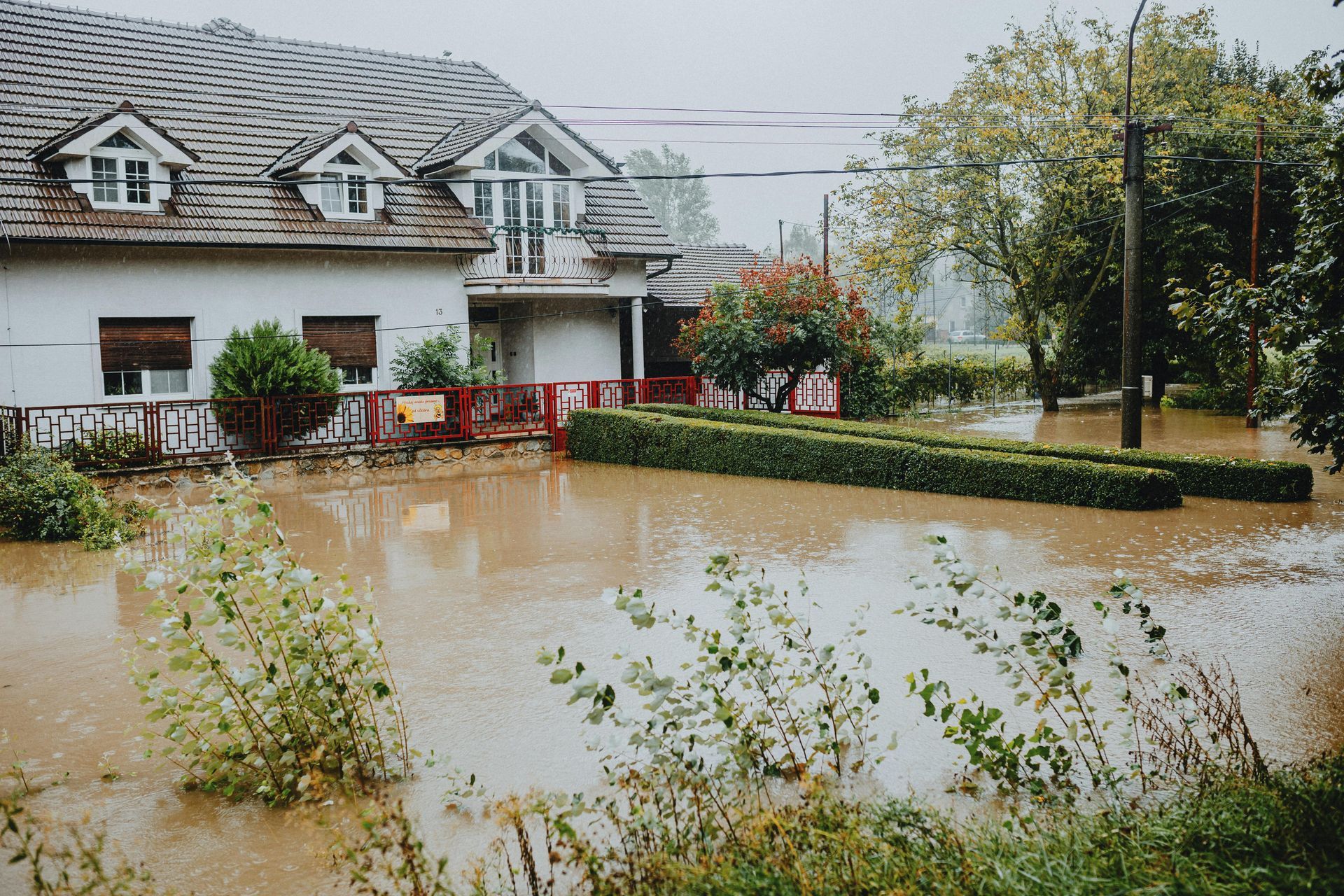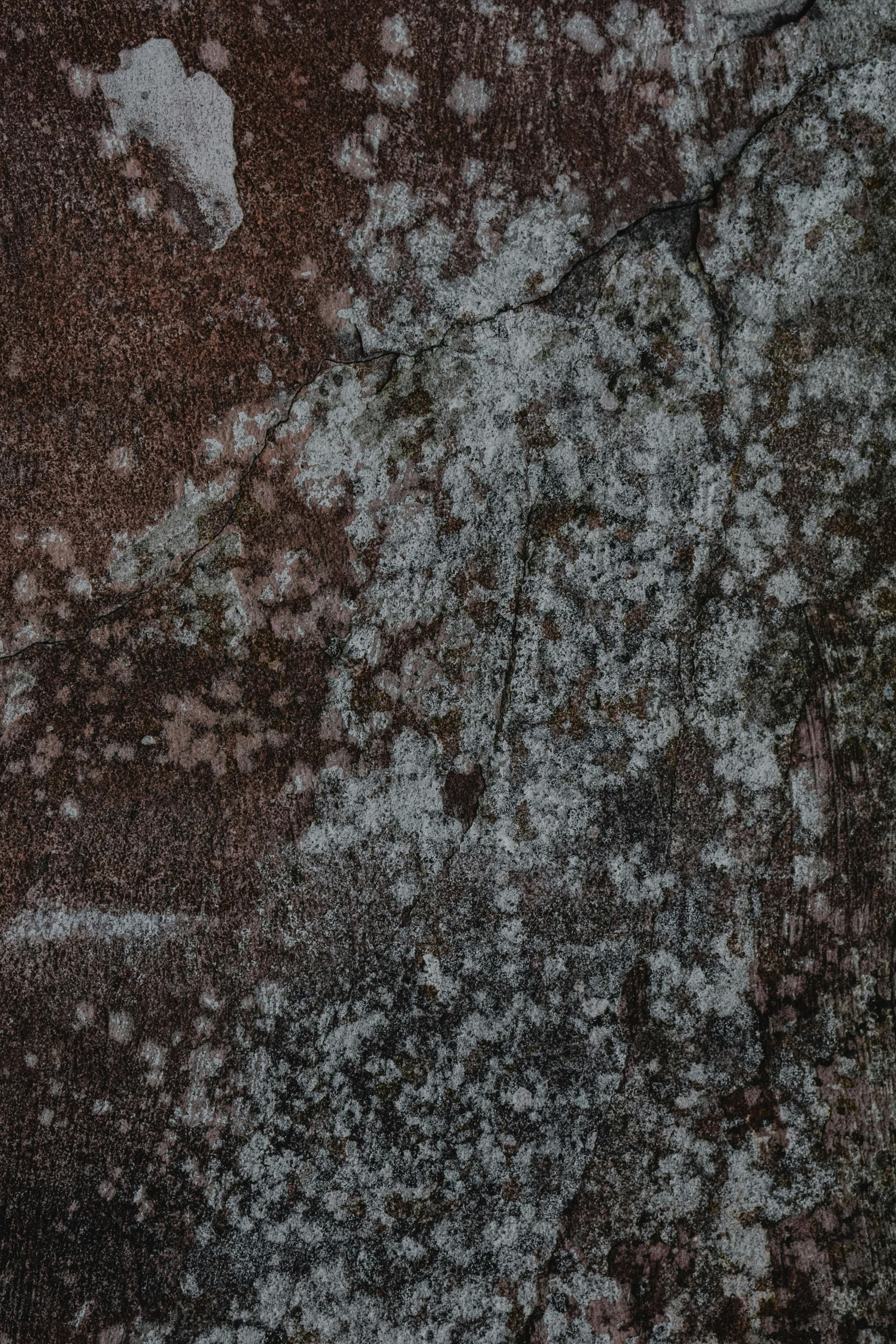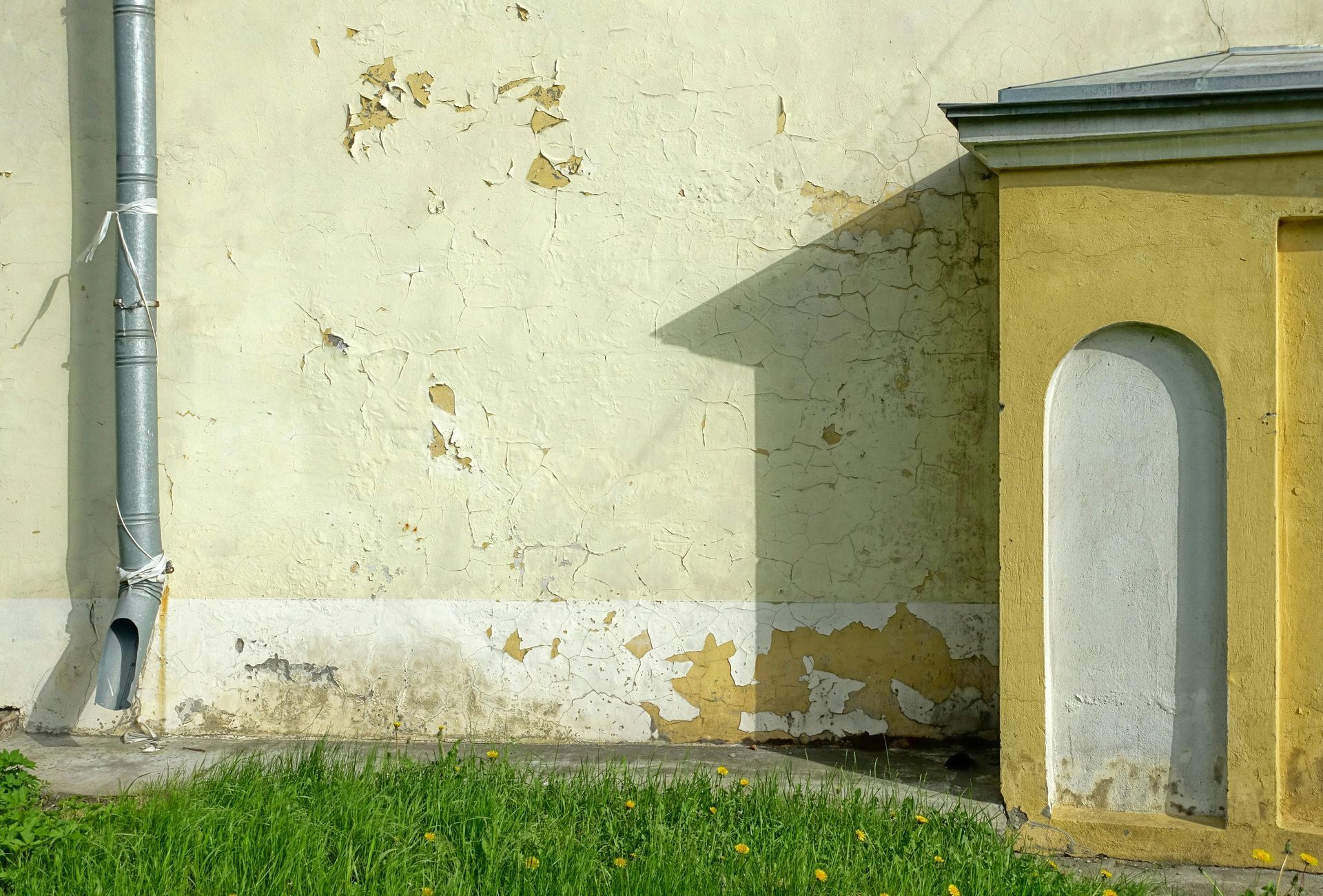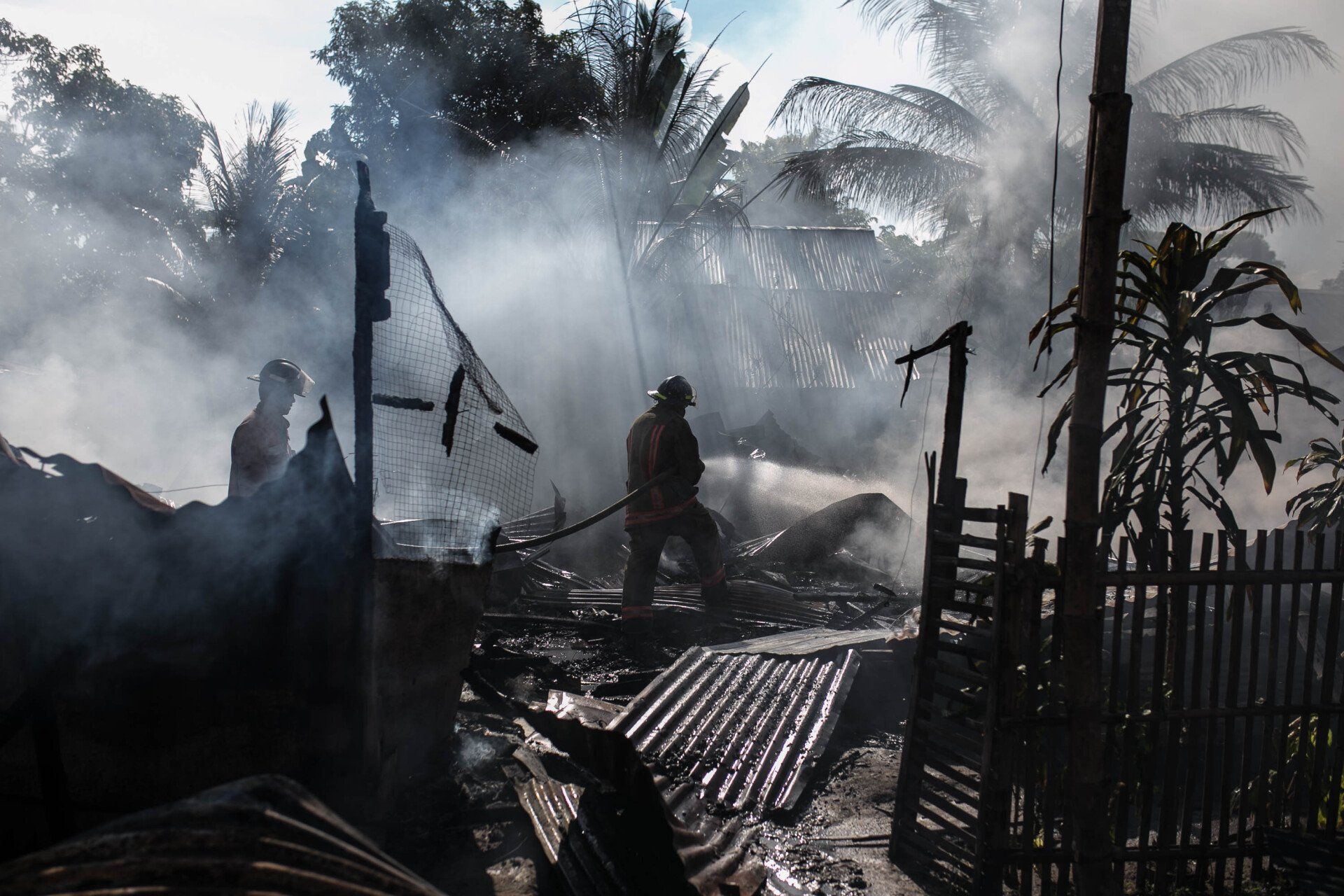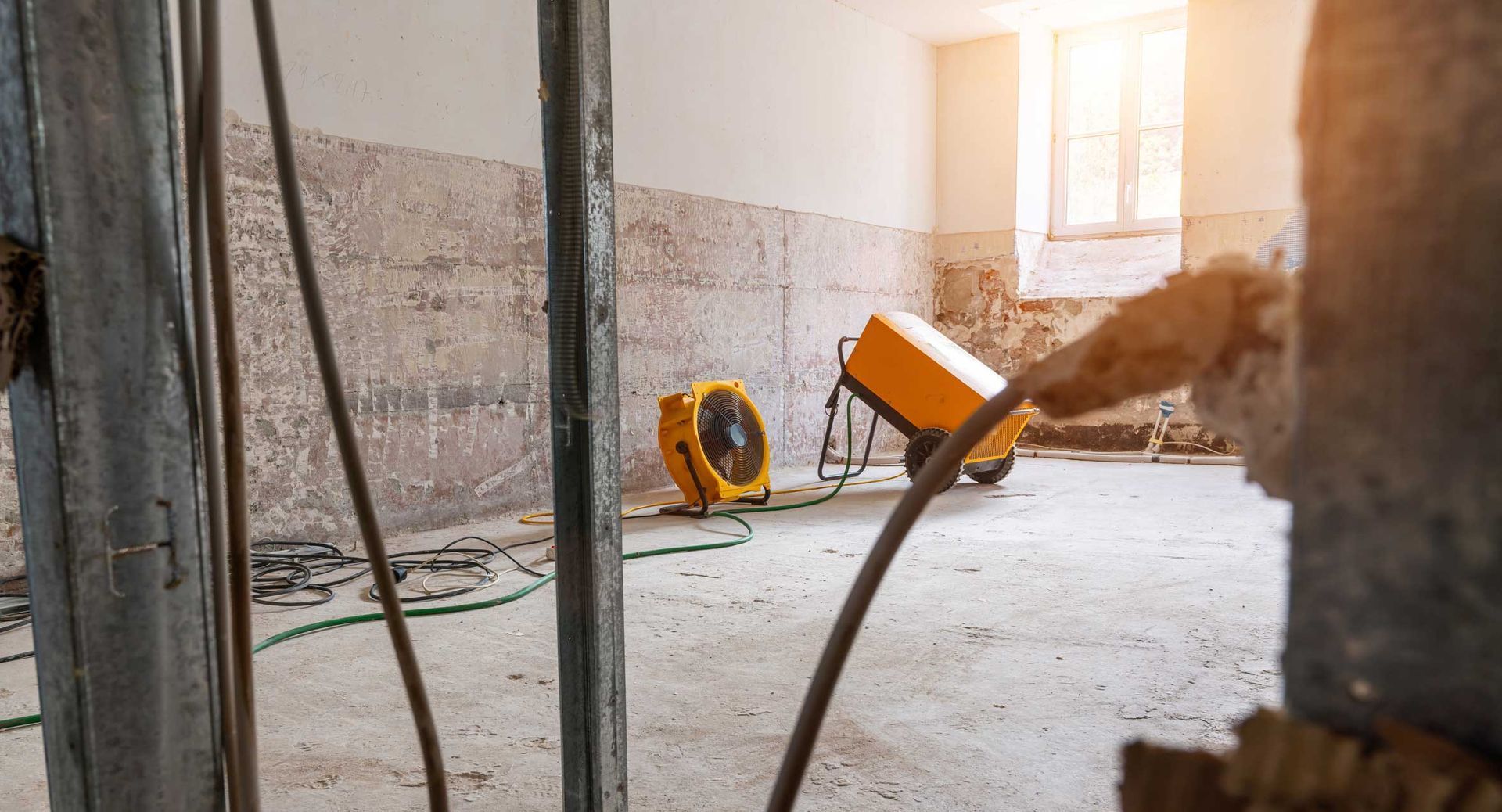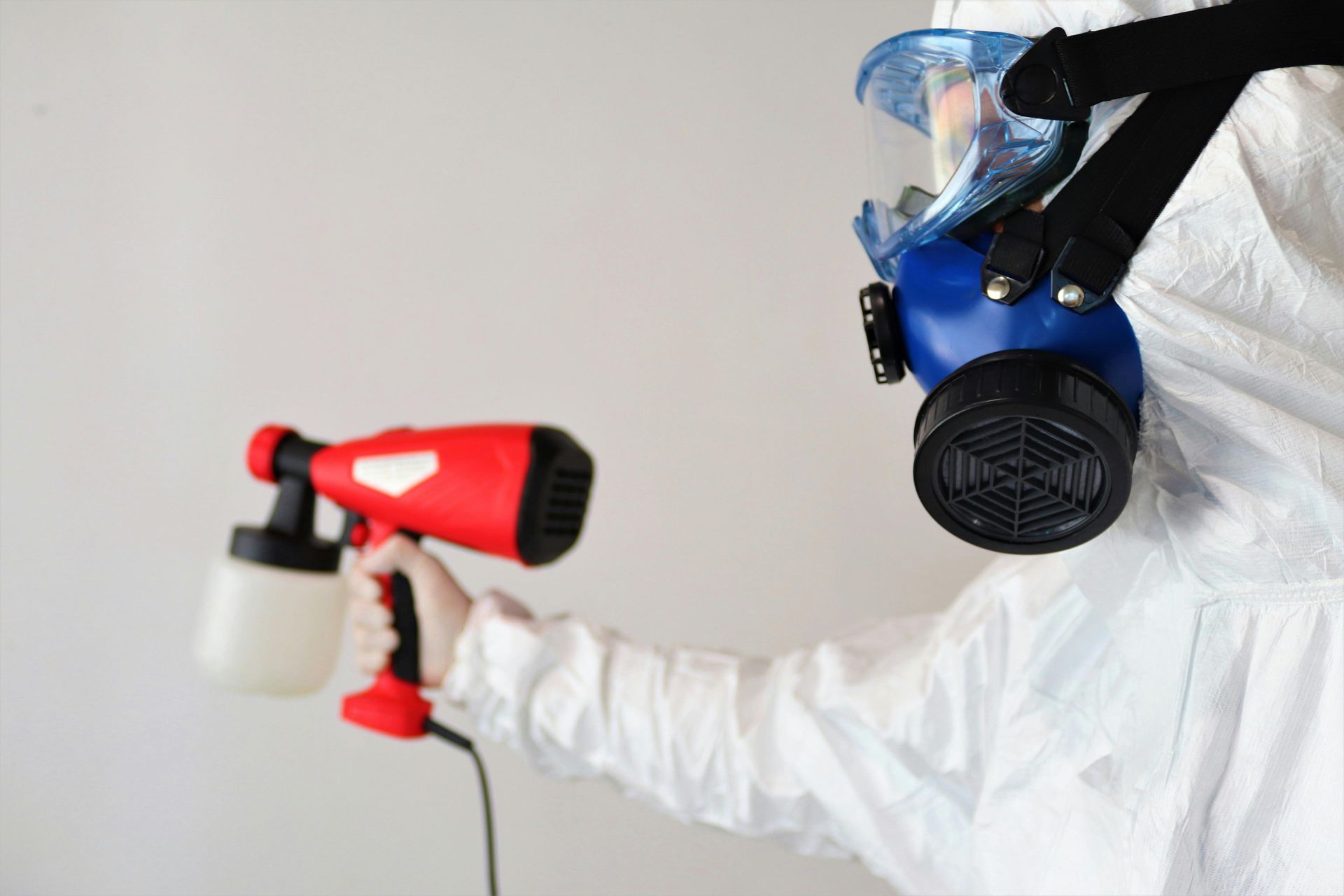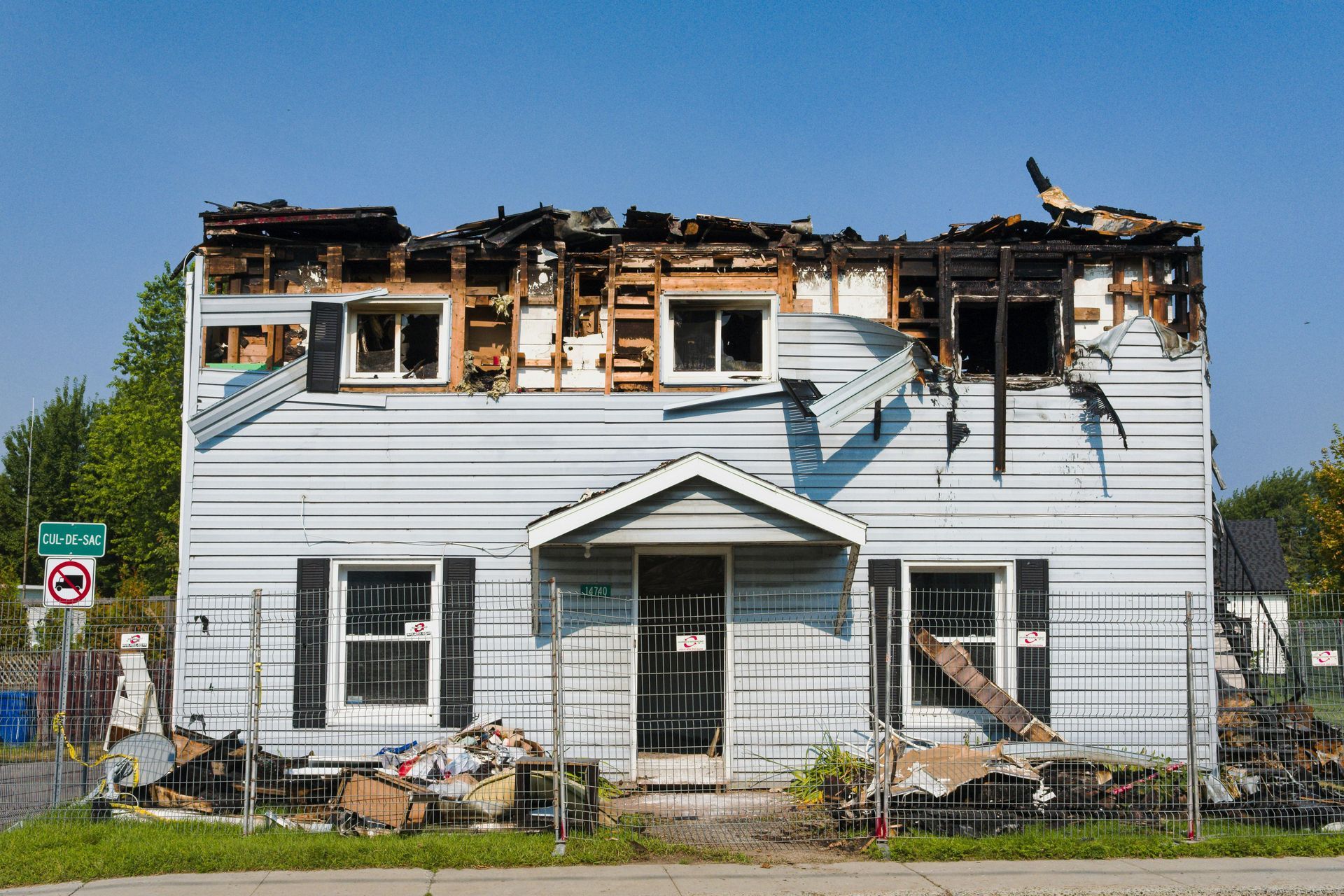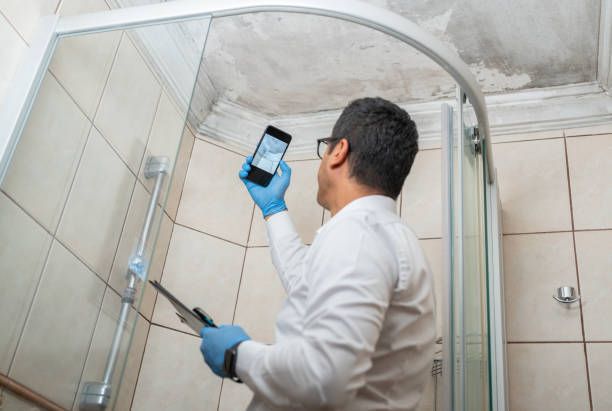The Complete Guide to Identifying Mold in Your Home
The Complete Guide to Identifying Mold in Your Home
Mold is a type of fungi that can spread quickly and cause damage to homes and other living environments. It is especially common in humid climates and can be difficult to detect without the proper tools and training. The detection of mold is an important step in ensuring a healthy living environment.
Where to check for mold in a house? Mold can be found in a variety of areas in the home. Common locations are attics, basements, bathrooms, and kitchen cabinets. It is important to check these areas regularly for signs of mold growth.
In this article, we will discuss the best way to detect mold, how to identify it, and what you can do if you find it. We will also outline some important steps for preventing and removing mold from your home.
What is Mold?
Mold is a type of fungus that can occur anywhere in our environment. It helps break down organic matter and is essential for decomposition and nutrient cycling. While some mold types are beneficial to our natural world, others can cause problems indoors when they invade our homes.
The most common indoor molds are Cladosporium, Penicillium, Alternaria, and Aspergillus. All of these molds thrive in damp or humid conditions with little light. This often includes bathrooms and basements that tend to be poorly ventilated and prone to moisture build-up. Other areas where mold could occur include near windows or air conditioners or anywhere else that experiences regular condensation.
Once mold has taken root, it's important to act quickly in order to prevent the spread of spores throughout your home. Effective mold remediation should always include identifying and removing the source of moisture or humidity that allowed the mold to grow in the first place.
Health Risks Associated with Mold
Mold grows in damp, dark places and can spread rapidly. It's important to note that not all types of mold are hazardous; however, even non-toxic molds can cause health issues for some people.
Exposure to harmful mold can lead to a variety of health problems, such as respiratory issues, allergies, skin irritation, and even neurological problems. Unfortunately, certain groups are particularly vulnerable to the health risks associated with mold exposure. For example, children, elderly people, and those with compromised immune systems are more likely to suffer from the ill effects of mold than healthy adults.
For this reason, it's essential to be aware of any signs of mold in your home and to take prompt action if necessary. Removal of mold requires professional help, as improper handling can lead to further contamination. Fortunately, there are many companies that specialize in the detection and remediation of mold.
Visible Signs of Mold Infestation
Mold can present itself in multiple ways, the most common being discoloration, growths, and a fuzzy appearance. It is important to be able to identify these signs of mold so that you can take steps to remediate it before it causes further damage or poses health risks.
Discoloration is usually one of the first signs of mold growth, as it often manifests as black or green spots. These spots can appear on walls, ceilings, and floors and may even be mistaken for dirt or soot in some cases. If the discoloration is found to be accompanied by a musty odor, it is likely caused by mold growth.
Mold can also take the form of fuzzy growths that are usually white, green, or black in color. This growth can appear velvety or cotton-like and is often found in damp areas, such as the bathroom or basement. If a fuzzy growth is spotted, it is important to take steps to remedy it quickly, as this type of mold tends to spread easily.
Hidden Mold: Beyond the Visible
Mold can grow in virtually any environment where moisture and organic matter are present. It often presents itself as an unsightly black, green, or white substance or discoloration on walls, ceilings, furniture, carpets, and other surfaces. Even though it may not always be visible to the naked eye, mold can hide in many places, such as behind walls, in HVAC systems, under carpets, and in other hard-to-reach spots.
If left unchecked, mold can cause serious damage to homes. In addition to the structural damage it can cause if allowed to grow unchecked, some types of molds are also hazardous to health, producing allergens, irritants, and, in some cases, even poisonous substances.
Another way to tell if mold is present in your home is by smell. Damp and musty odors are common indicators that there may be mold lurking somewhere nearby. If you notice an unusual smell in your home or workplace, it's a good idea to check for the presence of mold.
DIY Mold Detection Techniques
Mold can be a difficult problem to detect in the home. Homeowners have various DIY methods available to them to help identify possible mold growth and address it quickly. Check out these methods on how to detect mold.
Visual Inspection
The most common way to detect the presence of mold is by visually inspecting areas and surfaces that are likely to be affected. Common household locations to check include attics, bathrooms, crawl spaces, walls, window frames, and other similar places. To perform a thorough visual inspection of these areas, look for signs such as discoloration on walls or ceilings, a musty odor, and visible mold growths.
Smell Test
Since molds have distinct odors that are often described as musty or earthy, one of the best ways to detect them is by using your nose. Pay close attention to any strange smells coming from specific areas in your home, and be sure to investigate further if you notice any.
Home Mold Testing Kits
In addition to visual inspections and smell tests, home mold testing kits can also be used to detect the presence of mold in your house. These kits come in various shapes and sizes, with some designed for specific types of surfaces or materials. While these kits can provide useful information about the presence of mold, it is important to note that they are not 100% reliable. Therefore, if you suspect the presence of mold in your home, it is highly recommended to consult an experienced professional for a more accurate assessment.
Professional Mold Inspection
Mold can be a serious issue in your home, causing damage to the structure and leading to health issues for those living inside. But if caught early, it can often be remedied relatively easily. That's why it's essential to invest in professional mold inspections as part of your home maintenance program.
Professional mold inspectors use a variety of tools and techniques to help identify potential issues, such as infrared imaging, moisture meters, surface sampling, air quality tests, and more. While some homeowners may attempt to inspect for mold on their own, it's best to trust the professionals who know what they're doing and have the right equipment to get the job done.
When selecting a mold inspection company, make sure they are experienced and certified, as well as willing to answer any questions you may have about the process. Ask for referrals or testimonials from past customers, and find out if their services come with guarantees.
It's also important to recognize that mold inspections should be conducted on a periodic basis, even in the absence of visible signs. This is particularly true after any kind of water damage incident, such as a flood or leaky pipe. With regular inspections, you can ensure that your home and family remain safe and healthy for years to come.
Prevention: Keeping Mold at Bay
What are the best practices to prevent mold growth in the home? Check out the following.
Controlling Humidity Levels
Maintaining optimal humidity levels is one of the best ways to prevent mold growth in your home. The EPA recommends keeping indoor relative humidity below 60%. Many digital hygrometers are available for purchase and can be used to measure the moisture level in your space.
It's also important to find and address any sources of moisture in your home. Common culprits include leaking pipes, clogged gutters, and dryer vent leaks. Reducing or eliminating these sources can help keep the relative humidity within a safe range.
In addition to improving air quality, proper ventilation is also essential for maintaining optimal humidity levels. Open windows and doors when possible to allow fresh air to circulate throughout the home. Installing an exhaust fan in the kitchen and bathroom can also help reduce humidity levels by removing warm, moist air from those areas of the house.
Proper Ventilation
Proper ventilation is essential to preventing mold growth, as it helps to reduce the humidity levels in a space. Make sure that your home's ventilation systems are in good working order and provide adequate air circulation. Open windows when possible or use fans and dehumidifiers to increase airflow. Additionally, keep an eye on condensation on pipes, windows, and other areas of the home.
It's also important to reduce the amount of organic material in your home that mold can feed on. Keep surfaces clean and vacuum often, and don't neglect areas like bathroom grout or window sills. If you have issues with leaks or flooding, act quickly to dry out any wet materials as soon as possible.
Regular Home Maintenance
Regular home maintenance is essential for mold prevention. Check frequently for signs of dampness, such as discolored walls and floors. Check periodically for leaks in the roof, plumbing, or other areas of your home that may be prone to water damage. Investing in a dehumidifier can also help reduce the risk of mold growth by maintaining ideal levels of humidity in your home. Additionally, use moisture absorbers or desiccants near the damp areas of your home to help absorb excess moisture. Taking these steps will go a long way in preventing mold growth and keeping your home healthy.
Following these simple tips will help you keep your home safe from mold and other possible hazards that can come with high humidity levels. Regularly monitoring humidity levels, using proper ventilation techniques, and regularly maintaining your home are all important steps in keeping your home well-protected from mold.
It is also important to keep an eye out for any signs of mold, such as musty odors or discoloration on walls and floors. If you do suspect a mold problem, contact a professional remediation service for assistance.
Mold-Free Living is a Click Away. Reach Out Now!
Northeastern Restoration is here to help reduce the damage caused by mold in your home. By removing any existing mold and taking effective preventive measures, we can help keep your living space safe and healthy. Our team of experienced professionals will carefully assess the situation, take necessary steps to eradicate the mold, and treat affected areas with our specialized products. We'll also provide you with the best advice on how to maintain a healthy environment going forward.
With our comprehensive range of services, we are your one-stop solution for all mold-related issues. Contact us today to learn more about how Northeastern Restoration can help you protect your home from potential damage due to mold.
